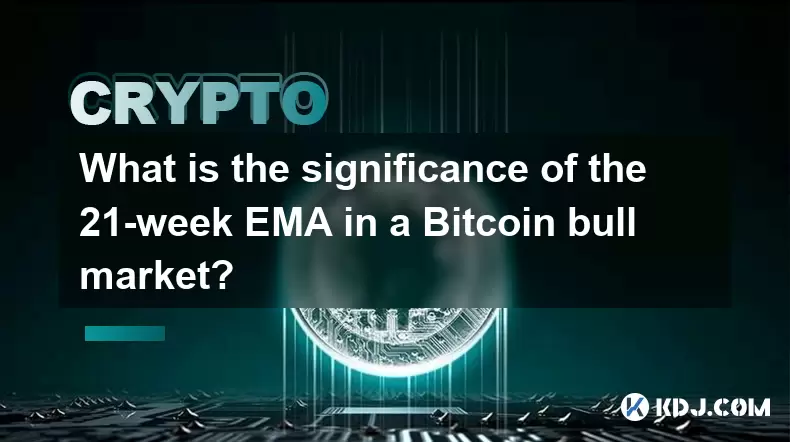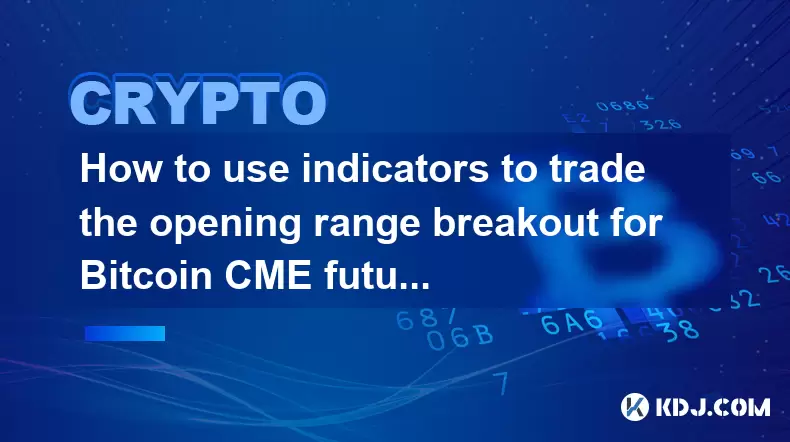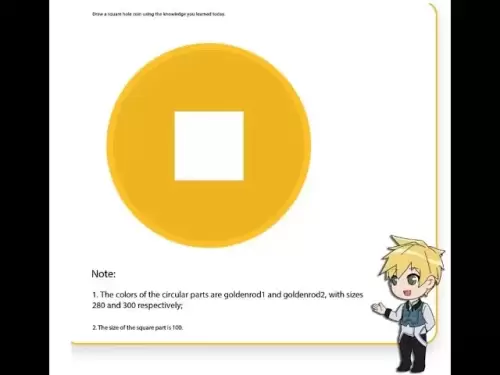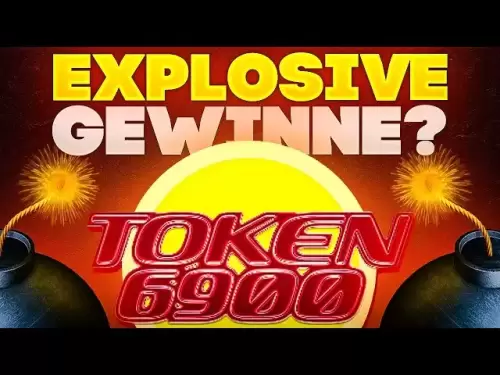-
 Bitcoin
Bitcoin $118400
0.47% -
 Ethereum
Ethereum $3836
2.20% -
 XRP
XRP $3.157
2.98% -
 Tether USDt
Tether USDt $0.9999
-0.03% -
 BNB
BNB $801.5
1.31% -
 Solana
Solana $180.9
2.07% -
 USDC
USDC $0.9999
-0.02% -
 Dogecoin
Dogecoin $0.2225
2.50% -
 TRON
TRON $0.3285
-1.02% -
 Cardano
Cardano $0.7789
2.60% -
 Hyperliquid
Hyperliquid $43.60
2.39% -
 Sui
Sui $3.892
4.41% -
 Stellar
Stellar $0.4229
3.34% -
 Chainlink
Chainlink $18.01
3.98% -
 Hedera
Hedera $0.2745
6.77% -
 Bitcoin Cash
Bitcoin Cash $582.3
3.38% -
 Avalanche
Avalanche $23.77
1.04% -
 Ethena USDe
Ethena USDe $1.001
0.01% -
 Toncoin
Toncoin $3.493
3.59% -
 Litecoin
Litecoin $110.0
2.48% -
 UNUS SED LEO
UNUS SED LEO $8.936
-0.37% -
 Shiba Inu
Shiba Inu $0.00001304
2.49% -
 Uniswap
Uniswap $9.999
1.09% -
 Polkadot
Polkadot $3.897
3.26% -
 Monero
Monero $308.6
-0.83% -
 Dai
Dai $0.9999
-0.01% -
 Bitget Token
Bitget Token $4.504
-0.04% -
 Pepe
Pepe $0.00001154
2.95% -
 Cronos
Cronos $0.1471
3.06% -
 Ethena
Ethena $0.6691
19.53%
How much Bitcoin is there in total?
Bitcoin's total supply is capped at 21 million, with new coins added through mining, a process halved roughly every four years. However, lost or held Bitcoin significantly impacts the circulating supply, making precise quantification challenging.
Mar 06, 2025 at 11:48 am

Key Points:
- The total supply of Bitcoin is capped at 21 million coins.
- Bitcoin's supply increases over time through a process called "mining."
- The rate of new Bitcoin entering circulation halves approximately every four years.
- Not all mined Bitcoin is actively circulating; some are lost or held long-term.
- Predicting the exact number of actively circulating Bitcoin is difficult.
How Much Bitcoin is There in Total?
The question of how much Bitcoin exists is deceptively simple. The answer, in terms of a hard limit, is 21 million. This is a fundamental characteristic built into the Bitcoin protocol itself. It's a deliberately designed scarcity mechanism intended to control inflation and maintain value. Unlike fiat currencies that can be printed at will, Bitcoin's finite supply is a core element of its appeal.
The process of creating new Bitcoin is called "mining." Miners solve complex mathematical problems using powerful computers. The first miner to solve the problem adds a new block to the blockchain and is rewarded with newly minted Bitcoin. This reward is what gradually increases the supply of Bitcoin over time.
Initially, the reward for mining a block was 50 Bitcoin. However, this reward is halved approximately every four years, a process known as the "halving." This halving mechanism ensures that the rate at which new Bitcoin enters circulation steadily decreases. This controlled release is another key aspect of Bitcoin's deflationary nature.
While the maximum supply is 21 million, it's crucial to understand that not all of these coins are actively in circulation. Some Bitcoin has been lost due to forgotten passwords, damaged hardware, or even accidental deletion. Other Bitcoin is held long-term by investors, sometimes referred to as "hodlers," who may not actively participate in trading or transactions. Estimating the precise number of lost or inactive Bitcoin is challenging and subject to various speculation.
The impact of lost Bitcoin on the overall supply is an ongoing discussion within the crypto community. Some argue that lost Bitcoin effectively reduces the circulating supply, increasing the value of the remaining coins. Others believe that the impact is minimal, given the vastness of the overall supply.
The unpredictable nature of human behavior adds another layer of complexity. Individual investors' decisions regarding holding or trading Bitcoin significantly influence the number of coins actively circulating at any given time. Market fluctuations and economic conditions can also affect the perceived value and, consequently, the trading activity surrounding Bitcoin.
Therefore, while the maximum supply of Bitcoin is clearly defined at 21 million, determining the exact amount currently circulating requires consideration of several factors: the rate of mining, the halving schedule, the unknown quantity of lost coins, and the ongoing trading activity within the market.
Bitcoin Mining and the Halving Events:
The halving events are pivotal in understanding Bitcoin's supply schedule. The reward for miners is halved, effectively slowing down the rate at which new Bitcoin enters circulation. This planned scarcity is a crucial element of Bitcoin's design, helping to control inflation and potentially increase its value over time.
- First Halving (November 2012): The block reward reduced from 50 BTC to 25 BTC.
- Second Halving (July 2016): The block reward reduced from 25 BTC to 12.5 BTC.
- Third Halving (May 2020): The block reward reduced from 12.5 BTC to 6.25 BTC.
- Fourth Halving (April 2024): The block reward reduced from 6.25 BTC to 3.125 BTC.
This predictable schedule allows investors and analysts to model the future supply of Bitcoin and its potential impact on the market. However, the actual impact of each halving on the price of Bitcoin is subject to various market forces and is not always immediately predictable.
Lost or Inactive Bitcoin:
A significant portion of the mined Bitcoin is believed to be lost or inaccessible. This can be attributed to several factors:
- Forgotten Passwords: Many early adopters of Bitcoin have lost access to their wallets due to forgotten passwords or lost seed phrases.
- Hardware Failure: Physical storage devices containing Bitcoin private keys can malfunction or be destroyed.
- Death of Owners: In cases where individuals holding Bitcoin pass away without leaving behind clear instructions regarding their assets, the Bitcoin may become irretrievably lost.
Estimating the precise number of lost Bitcoin is extremely difficult, making it challenging to accurately calculate the truly circulating supply. This uncertainty contributes to the ongoing debate about the actual availability and scarcity of Bitcoin.
Frequently Asked Questions:
Q: Will Bitcoin ever reach its 21 million coin limit?
A: Yes, according to the Bitcoin protocol, the mining reward will continue to halve until the last Bitcoin is mined, which is estimated to happen around the year 2140. However, the precise date may slightly vary due to potential changes in mining difficulty.
Q: What happens after all 21 million Bitcoin are mined?
A: Miners will continue to process transactions and secure the network, but they will no longer receive new Bitcoin as a reward. Their income will instead be derived from transaction fees.
Q: Does the number of lost Bitcoin affect its value?
A: This is a complex question with no definitive answer. Some argue that lost Bitcoin effectively reduces the circulating supply, making the remaining Bitcoin more valuable. Others argue that the market's overall perception of Bitcoin's value is more significant than the precise number of lost coins.
Q: How can I track the number of circulating Bitcoin?
A: There isn't a single, universally agreed-upon source for this information. Various websites and analytics platforms provide estimates, but these numbers are often based on different methodologies and may vary.
Disclaimer:info@kdj.com
The information provided is not trading advice. kdj.com does not assume any responsibility for any investments made based on the information provided in this article. Cryptocurrencies are highly volatile and it is highly recommended that you invest with caution after thorough research!
If you believe that the content used on this website infringes your copyright, please contact us immediately (info@kdj.com) and we will delete it promptly.
- Ozak AI: Can This Underdog Crypto Achieve a Bull Run to $1?
- 2025-07-31 22:30:12
- Coinbase Breach: Navigating Insider Risk and Bolstering Security
- 2025-07-31 23:11:55
- Bitcoin Rebounds, WeWake Presale Gains Traction: What's the Buzz?
- 2025-07-31 22:30:12
- Bitcoin, Altcoins, and Volume Watchlists: Decoding the Crypto Landscape
- 2025-07-31 23:11:55
- Tron, Fartcoin, and BlockchainFX: What's Trending (and What's Not) in the Crypto World
- 2025-07-31 21:32:19
- Bitcoin, Corporate Investments, and Sustainability: A New Era or Fleeting Fad?
- 2025-07-31 20:50:14
Related knowledge

What is the significance of the 21-week EMA in a Bitcoin bull market?
Jul 10,2025 at 06:56pm
Understanding the 21-Week EMA in Cryptocurrency AnalysisThe 21-week Exponential Moving Average (EMA) is a technical indicator widely used by traders a...

How to identify a volatility contraction pattern on Bitcoin using indicators?
Jul 07,2025 at 07:28am
What is a Volatility Contraction Pattern in Bitcoin Trading?A volatility contraction pattern refers to a phase where the price movement of an asset, s...

Do indicators work better on a logarithmic or linear scale for Bitcoin's long-term chart?
Jul 08,2025 at 01:42pm
Understanding Chart Scales in Cryptocurrency TradingIn cryptocurrency trading, particularly for analyzing Bitcoin's long-term trends, chart scales pla...

What is the Woodies CCI indicator and can it be used for Bitcoin?
Jul 04,2025 at 05:14pm
Understanding the Woodies CCI IndicatorThe Woodies CCI indicator is a variation of the traditional Commodity Channel Index (CCI), which was originally...

How to use indicators to trade the opening range breakout for Bitcoin CME futures?
Jul 05,2025 at 07:35pm
What Is the Opening Range Breakout Strategy?The opening range breakout (ORB) strategy is a popular trading technique used in both traditional markets ...

How to use the Relative Vigor Index (RVI) for Bitcoin trading?
Jul 07,2025 at 02:00pm
Understanding the Relative Vigor Index (RVI)The Relative Vigor Index (RVI) is a technical analysis tool used to assess the strength of price movements...

What is the significance of the 21-week EMA in a Bitcoin bull market?
Jul 10,2025 at 06:56pm
Understanding the 21-Week EMA in Cryptocurrency AnalysisThe 21-week Exponential Moving Average (EMA) is a technical indicator widely used by traders a...

How to identify a volatility contraction pattern on Bitcoin using indicators?
Jul 07,2025 at 07:28am
What is a Volatility Contraction Pattern in Bitcoin Trading?A volatility contraction pattern refers to a phase where the price movement of an asset, s...

Do indicators work better on a logarithmic or linear scale for Bitcoin's long-term chart?
Jul 08,2025 at 01:42pm
Understanding Chart Scales in Cryptocurrency TradingIn cryptocurrency trading, particularly for analyzing Bitcoin's long-term trends, chart scales pla...

What is the Woodies CCI indicator and can it be used for Bitcoin?
Jul 04,2025 at 05:14pm
Understanding the Woodies CCI IndicatorThe Woodies CCI indicator is a variation of the traditional Commodity Channel Index (CCI), which was originally...

How to use indicators to trade the opening range breakout for Bitcoin CME futures?
Jul 05,2025 at 07:35pm
What Is the Opening Range Breakout Strategy?The opening range breakout (ORB) strategy is a popular trading technique used in both traditional markets ...

How to use the Relative Vigor Index (RVI) for Bitcoin trading?
Jul 07,2025 at 02:00pm
Understanding the Relative Vigor Index (RVI)The Relative Vigor Index (RVI) is a technical analysis tool used to assess the strength of price movements...
See all articles

























































































